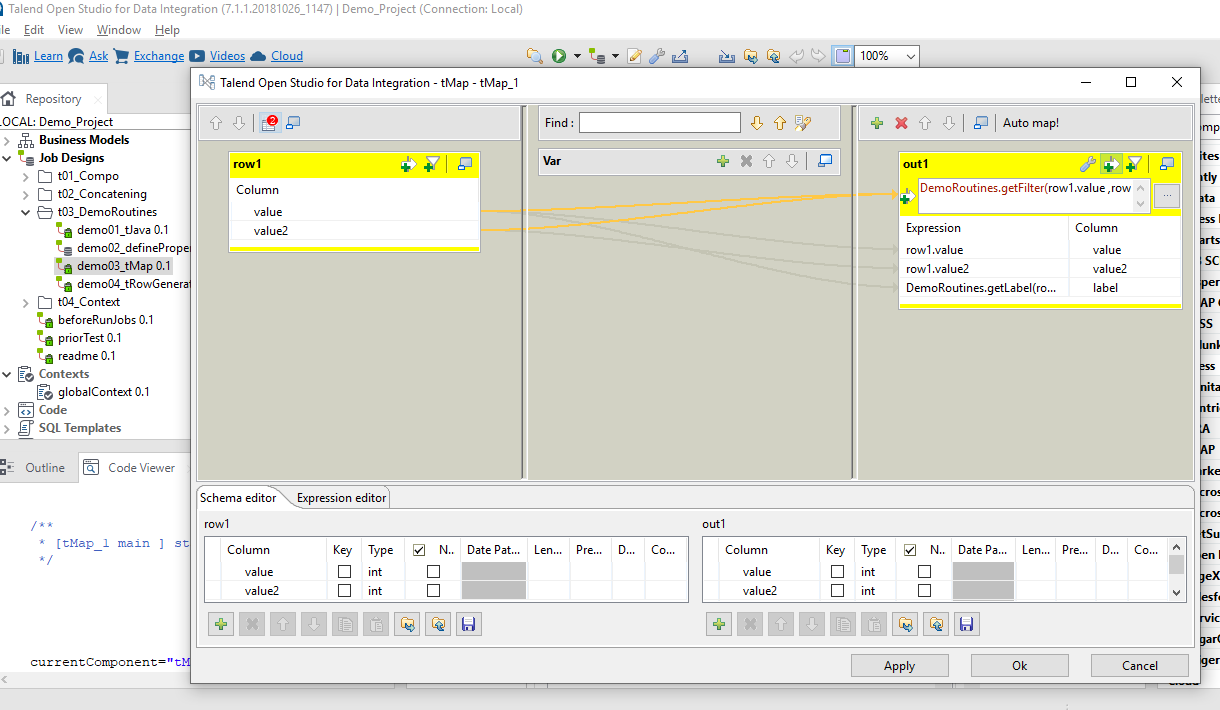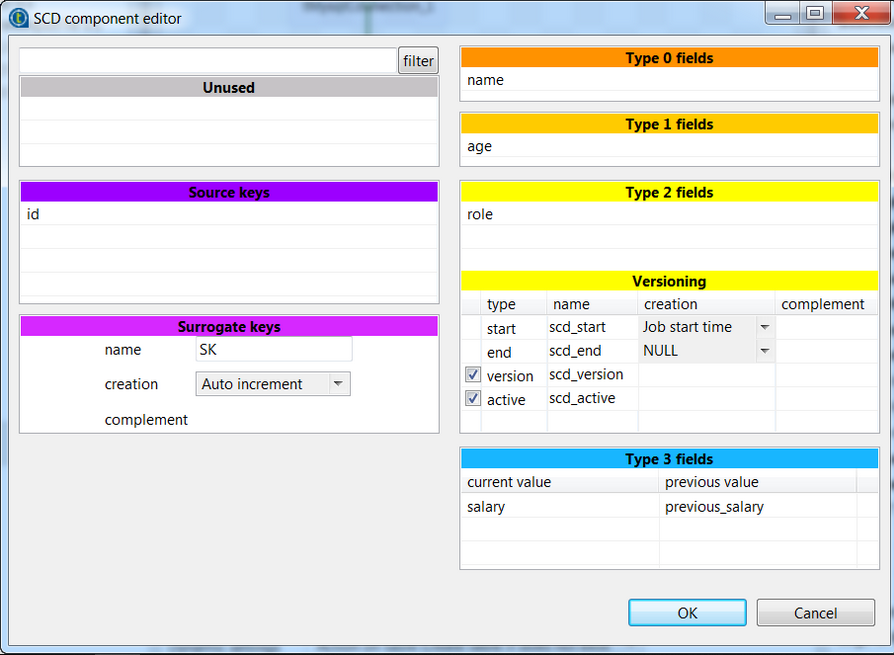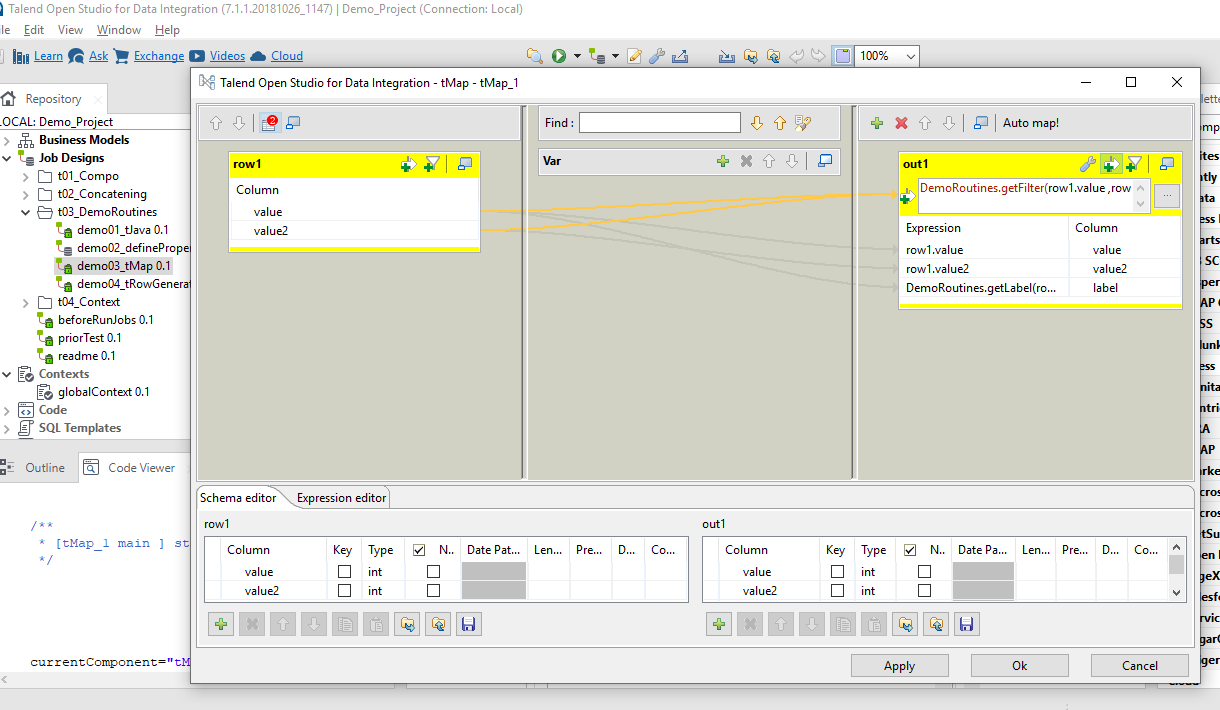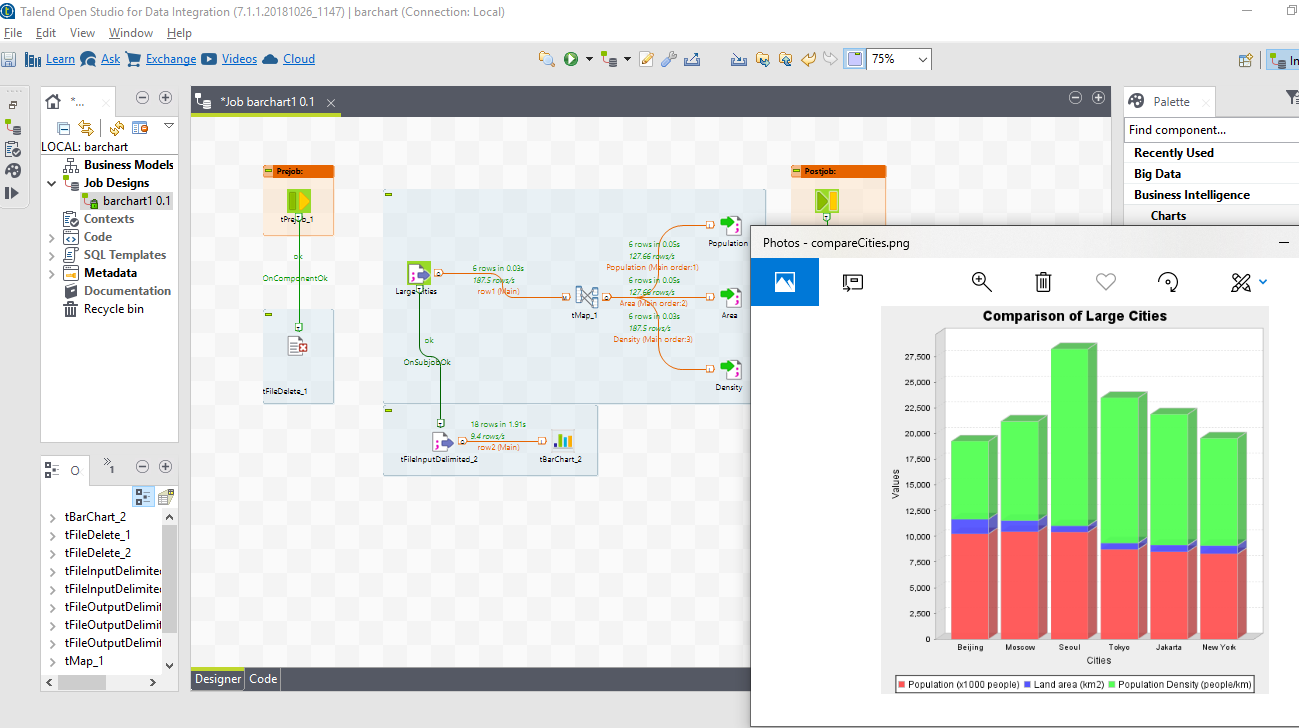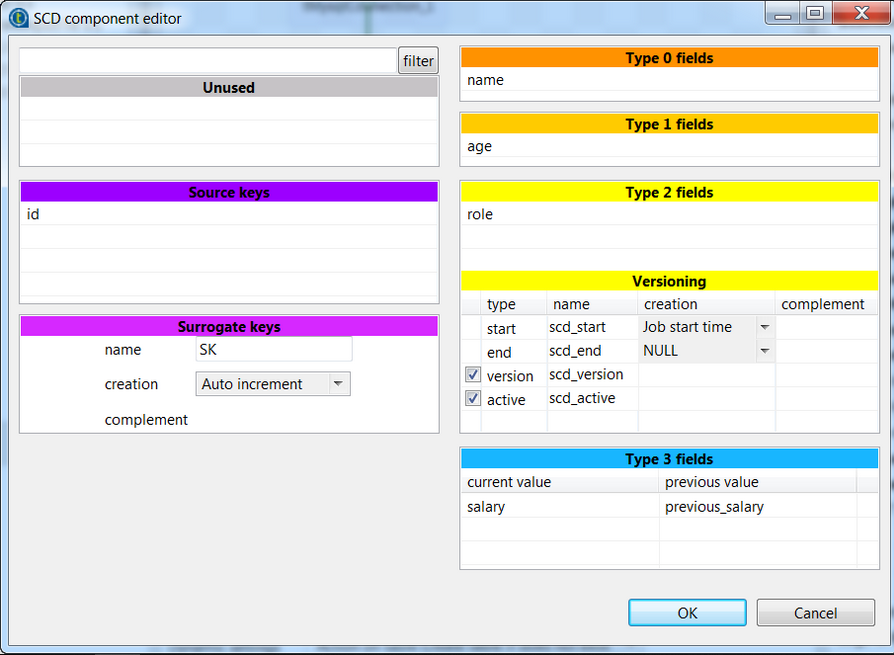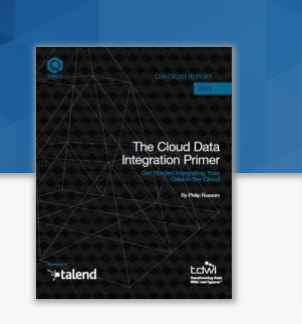Talend Open Studio is part of a suite of ETL (Extract, Transform, and Load) tools designed for enabling one to extract diverse datasets, normalize, and transform them into a consistent format which can be loaded into a number of third party databases and applications.
Talend Open Studio is a free version of Talend’s commercial set of tools. It provides a preliminary set of features for managing data, and can work very well as an ETL tool for business intelligence purposes. While their paid product provides a slicker interface, and ability to run it as a cloud service with connections to various SaaS products, a lot can be accomplished with their open source version.
Rather than a single piece of software, Talend Open Studio is a suite of open source tools,. divided into several different components. Combined, they contribute to a somewhat powerful tool that can be used for crunching data into a useable format.
The pieces of Talend are:
- Talend Open Studio for Data Integration
This is the main component for managing almost all ETL processes within Talend, and is the segment of TOS that is most relevant for marketing Business Intelligence purposes.
The other segments of Talend include
- Talend Open Studio for Big Data: similar to above but for big data datasets
- Talend Open Studio for ESB (Enterprise Service Bus): designed for managing APIs (SOAP, REST)
- Talend Open Studio for Data Quality: data visualization tool, interactive charts, with data drill down capability it is mostly an analysis tool
- Talend Open Studio for MDM (Master data records):a client-server framework for managing data much in the same way as Talend Open Studio for Data Integration, where results can be delivered to a web framework
For the point of this analysis we will be looking at Talend Open Studio for Data Integration. There are a few graphical features within Talend Open Studio, however its strength lies in its ETL functionality. The data integration tools allow loading files in multiple formats, through the use of independent nodes. Nodes have functions such as file loading, data cleanup and normalization, and mapping to databases or into multiple different file formats.
It is important to note that due to the modular nature of Talend Open Studio, installing it and configuring it can take a considerable amount of time, especially since many of the more elaborate features require the use of third-party libraries. Downloading and installing only a few of the modules took the better part of a day.
For the point of this analysis we will be looking at Talend Open Studio for Data Integration. There are a few graphical features within Talend Open Studio, however its strength lies in its ETL functionality. The data integration tools allow loading files in multiple formats, through the use of independent nodes. Nodes have functions such as file loading, data cleanup and normalization, and mapping to databases or into multiple different file formats.
It is important to note that due to the modular nature of Talend Open Studio, installing it and configuring it can take a considerable amount of time, especially since many of the more elaborate features require the use of third-party libraries. Downloading and installing only a few of the modules took the better part of a day.



